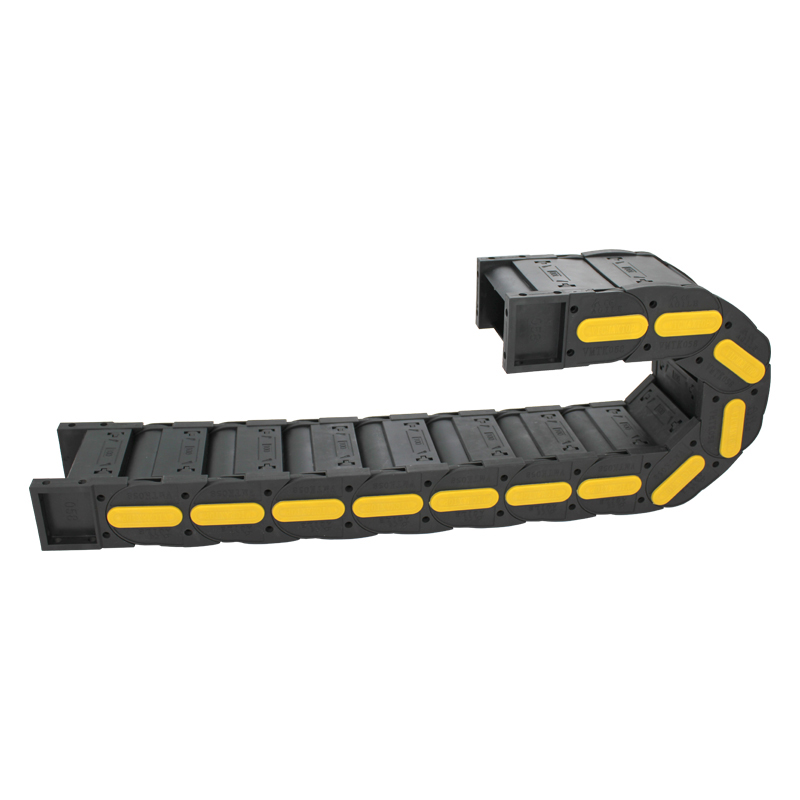synchronous belt vs timing belt
Synchronous Belts vs. Timing Belts Understanding Key Differences
In the world of mechanical engineering, the terms synchronous belt and timing belt are often used interchangeably, leading to confusion among professionals and hobbyists alike. While both types of belts serve similar functions in driving machinery, they have distinct characteristics and applications that make each suitable for different scenarios.
Definition and Functionality
At its core, a synchronous belt is a type of belt that is designed to operate with a specific gear or pulley system, ensuring that the rotation of the driven component matches the rotation of the drive component precisely. These belts are made out of reinforced rubber or polymer, featuring regularly spaced teeth that engage with corresponding grooves on the pulleys. This mechanical interaction allows for synchronized motion, which is critical in applications where timing is crucial.
On the other hand, a timing belt is a specific type of synchronous belt primarily used in automotive engines. Its primary function is to ensure that the crankshaft and camshaft are synchronized at all times, allowing for proper engine timing and performance. Like synchronous belts, timing belts also have teeth that prevent slipping but are uniquely designed for the demands of high-speed automotive engines.
Material and Construction
The construction and materials used in both types of belts can vary significantly. Synchronous belts are often made from a variety of composite materials, which may include polyester, rubber, and fiberglass for added strength and durability. This makes them versatile for various industrial applications, from conveyor systems to robotics.
synchronous belt vs timing belt

Timing belts, in contrast, are typically made from high-performance rubber or polyurethane material reinforced with fiber to handle the rigorous demands of automotive applications. The tooth design on timing belts is often more pointed and compact, which helps with precise engagement and performance under the stresses encountered in engine operation.
Applications
The applications of synchronous belts extend beyond automotive usage. They are commonly found in an array of machinery, including printing devices, textile machines, and packaging equipment. Their ability to transmit high torque and maintain precise timing makes them versatile and essential for many industrial processes.
Timing belts, while less diverse in their applications, are crucial in any internal combustion engine or timing mechanism within vehicles. The reliability and accurate timing provided by a high-quality timing belt directly affect engine performance, fuel efficiency, and longevity.
Conclusion
While synchronous belts and timing belts share similarities as drive components designed for precise motion, their distinctions are significant. Synchronous belts offer broader industrial applications, while timing belts are specialized for automotive usage. Understanding these differences is essential for engineers and technicians when selecting the appropriate belt for their specific needs. By choosing the right belt type, they can ensure optimal performance and longevity of their machines or vehicles, contributing to greater efficiency and reliability.








